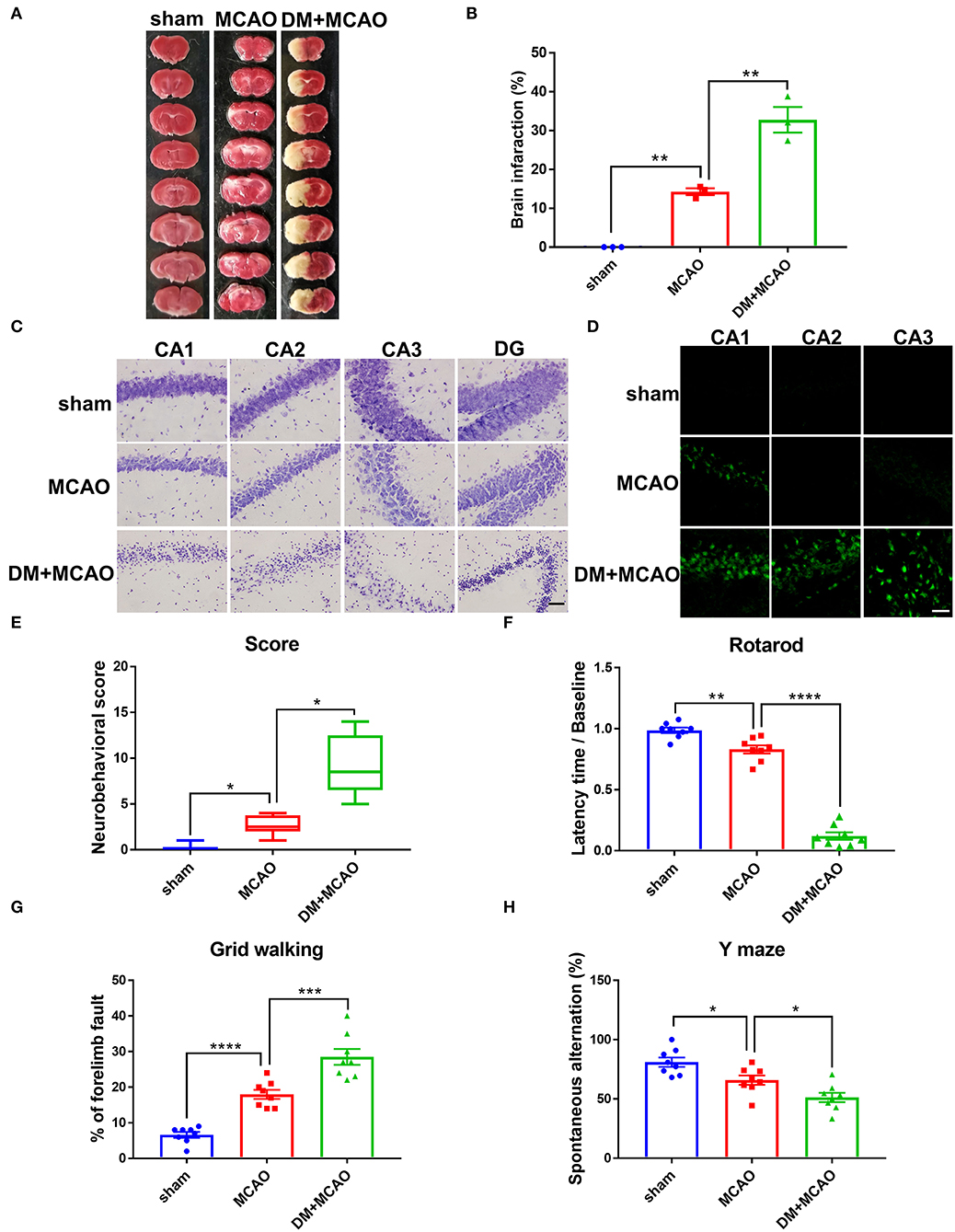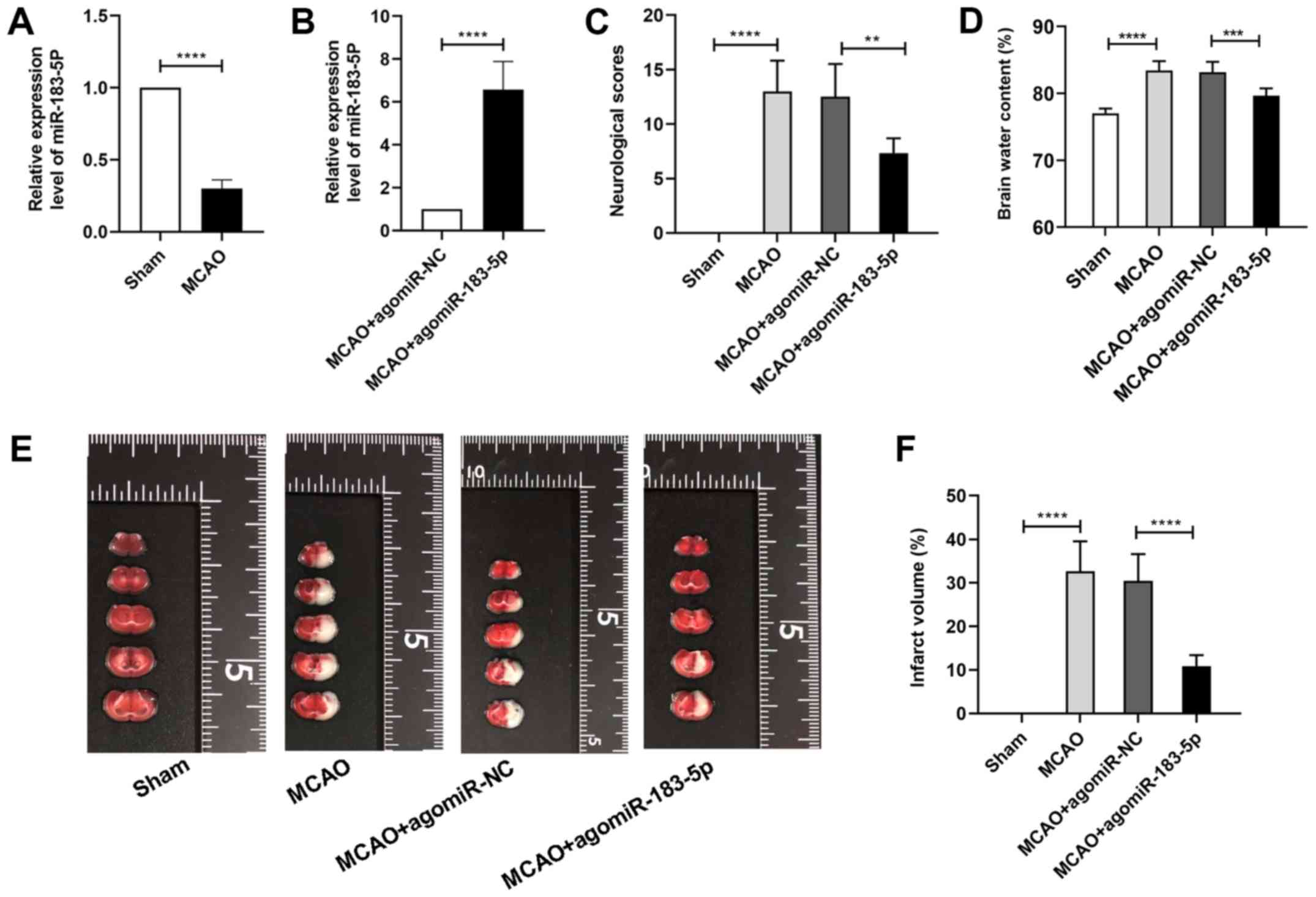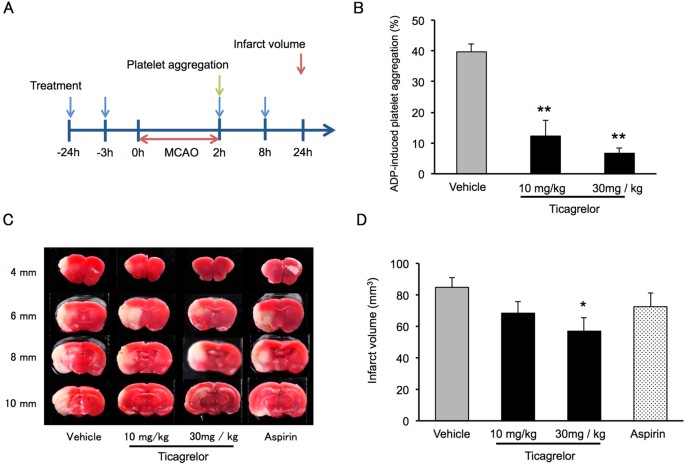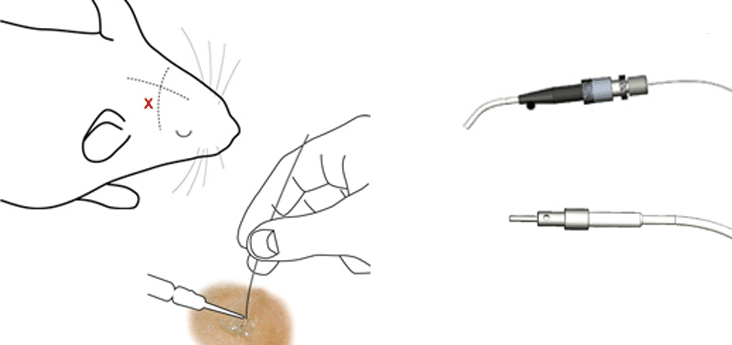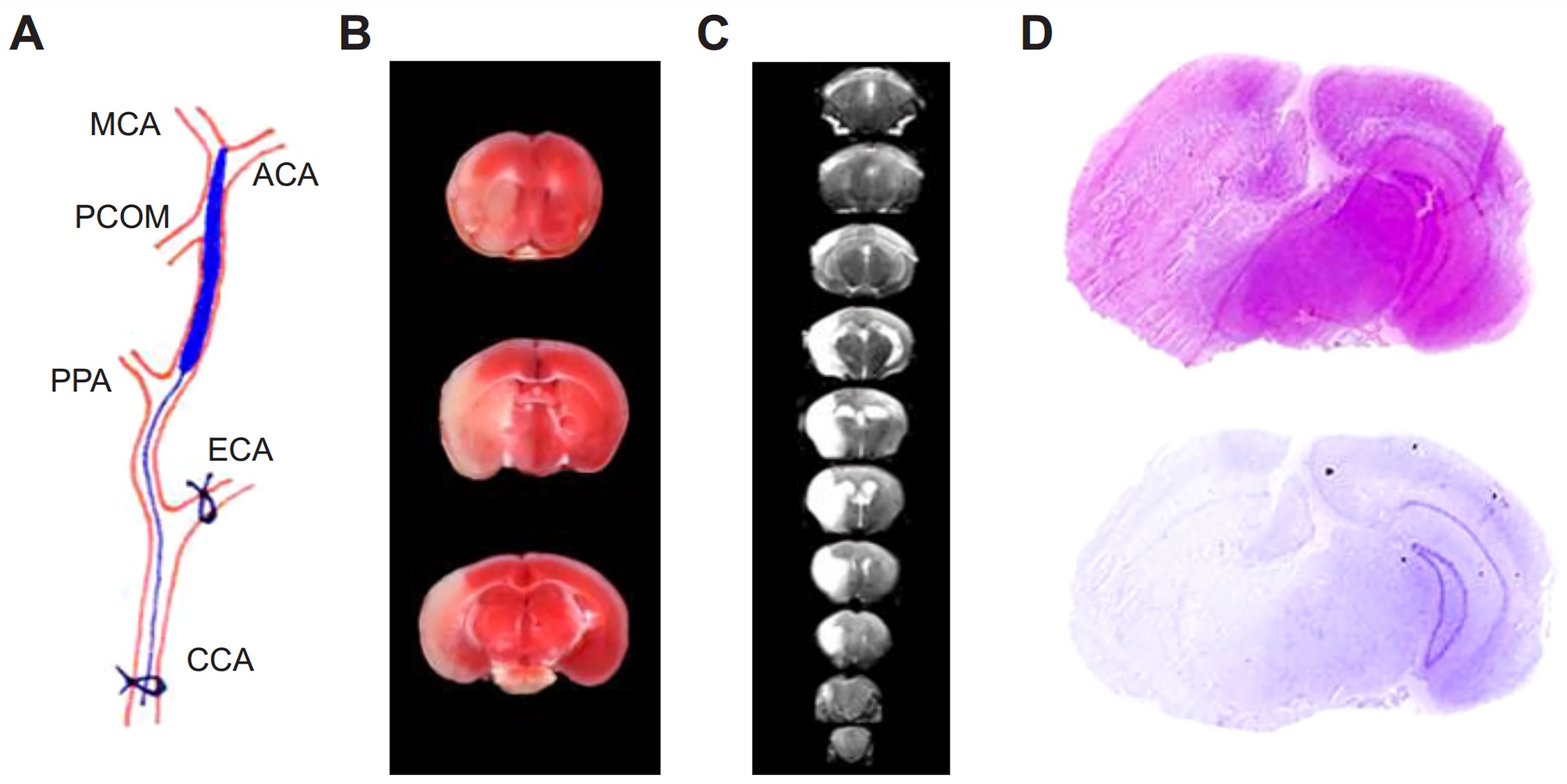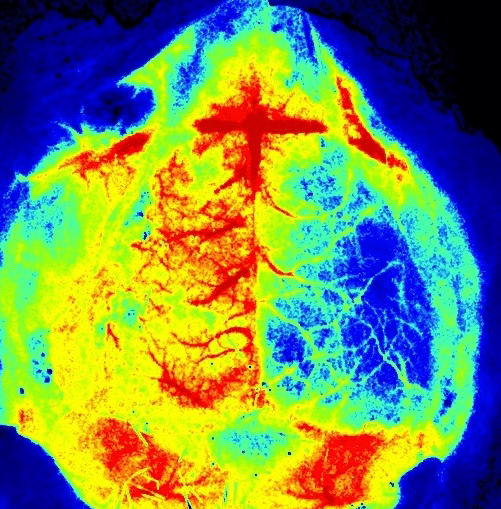
Induction of Ischemic Stroke and Ischemia-reperfusion in Mice Using the Middle Artery Occlusion Technique and Visualization of Infarct Area | Protocol (Translated to Spanish)

Mouse Model of Intraluminal MCAO: Cerebral Infarct Evaluation by Cresyl Violet Staining | Protocol (Translated to Spanish)

Optimization of behavioural tests for the prediction of outcomes in mouse models of focal middle cerebral artery occlusion - ScienceDirect

Single-Cell Microwell Platform Reveals Circulating Neural Cells as a Clinical Indicator for Patients with Blood-Brain Barrier Breakdown | Research

A Novel Model of Transient Occlusion of the Middle Cerebral Artery in Awake Mice. - Abstract - Europe PMC

IJMS | Free Full-Text | Low Intensity Pulsed Ultrasound Prevents Recurrent Ischemic Stroke in a Cerebral Ischemia/Reperfusion Injury Mouse Model via Brain-derived Neurotrophic Factor Induction
![Tetrandrine alleviates cerebral ischemia/reperfusion injury by suppressing NLRP3 inflammasome activation via Sirt-1 [PeerJ] Tetrandrine alleviates cerebral ischemia/reperfusion injury by suppressing NLRP3 inflammasome activation via Sirt-1 [PeerJ]](https://dfzljdn9uc3pi.cloudfront.net/2020/9042/1/fig-4-full.png)
Tetrandrine alleviates cerebral ischemia/reperfusion injury by suppressing NLRP3 inflammasome activation via Sirt-1 [PeerJ]

MCAO mouse model processing diagram (A), MCAO mouse model confirmation... | Download Scientific Diagram

Two-Photon Imaging during Prolonged Middle Cerebral Artery Occlusion in Mice Reveals Recovery of Dendritic Structure after Reperfusion | Journal of Neuroscience

Figure 1 from Mouse model of intraluminal MCAO: cerebral infarct evaluation by cresyl violet staining. | Semantic Scholar

Proteomic Analysis of Rat Cerebral Cortex in the Subacute to Long-Term Phases of Focal Cerebral Ischemia-Reperfusion Injury | Journal of Proteome Research

Integrated analysis of the proteome and transcriptome in a MCAO mouse model revealed the molecular landscape during stroke progression - ScienceDirect

Infarct Volume Prediction by Early Magnetic Resonance Imaging in a Murine Stroke Model Depends on Ischemia Duration and Time of Imaging | Stroke
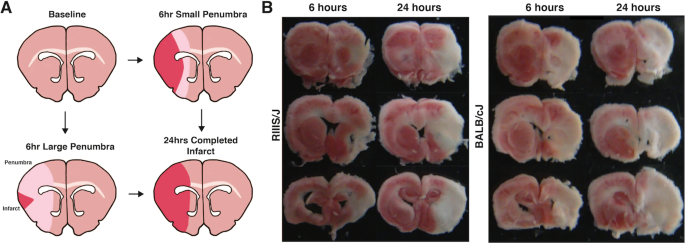
A Genome-Wide Analysis of the Penumbral Volume in Inbred Mice following Middle Cerebral Artery Occlusion | Scientific Reports
